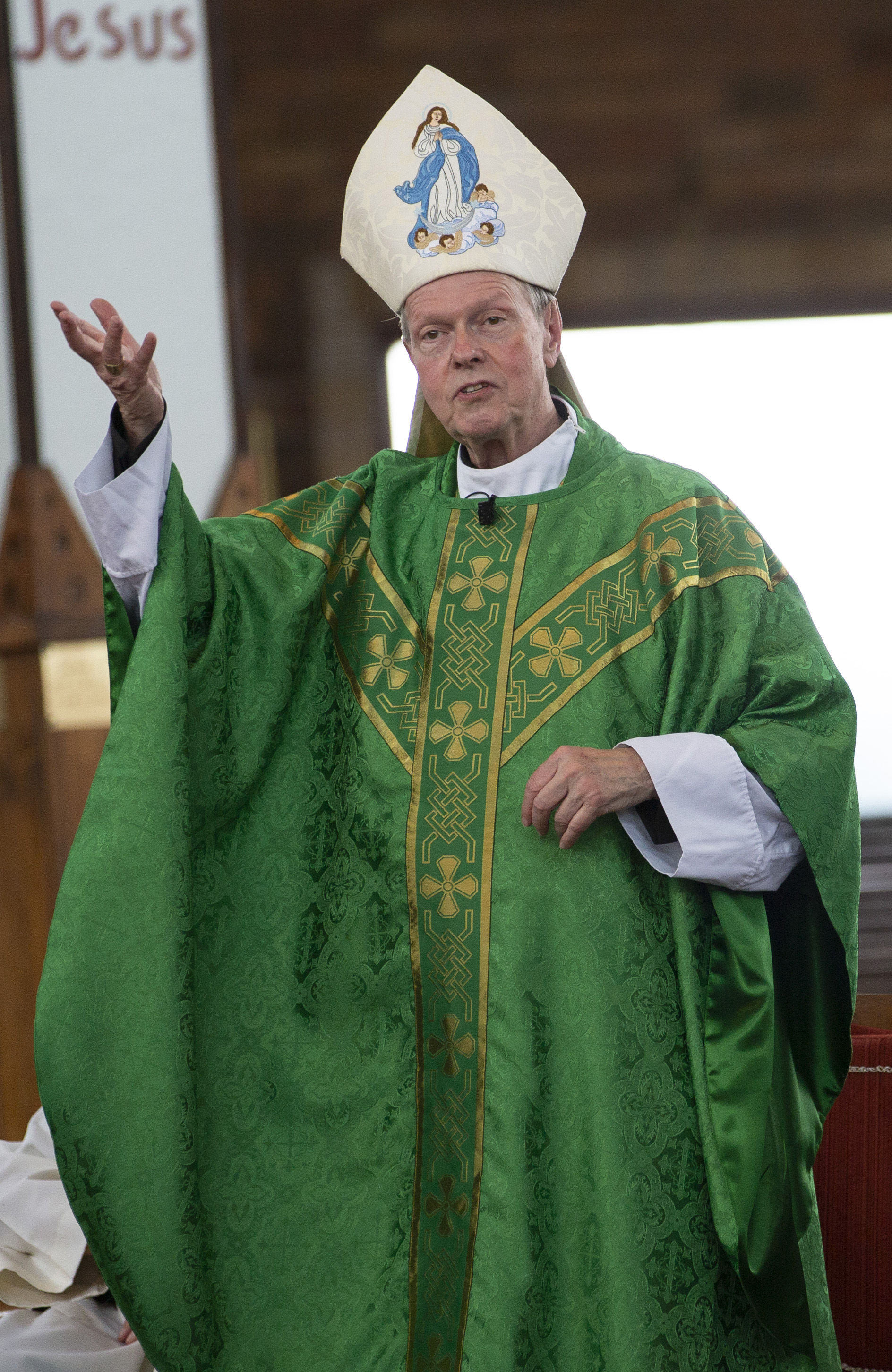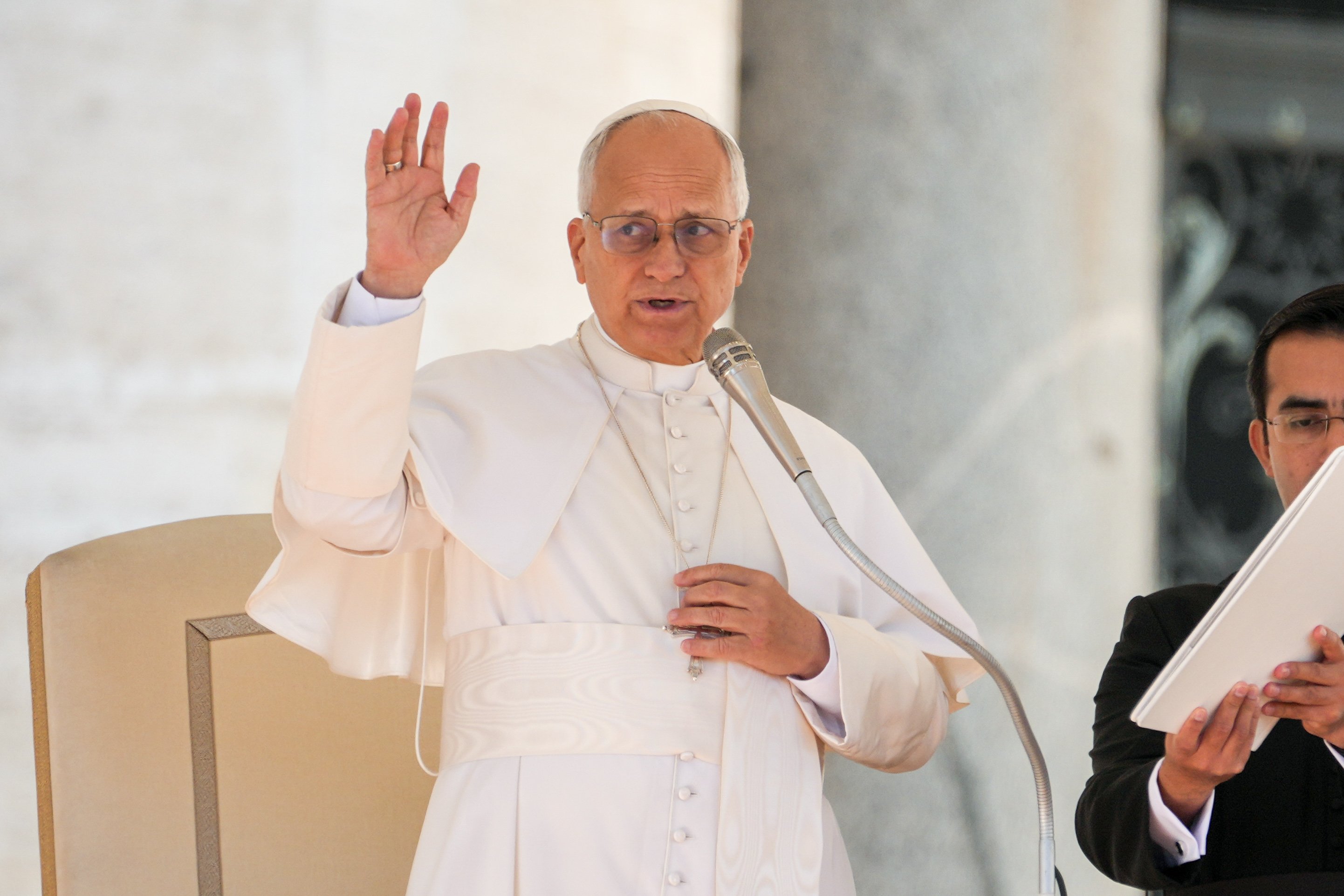April 6, 2018 at 1:53 p.m.
EDUCATION EFFORT
Students must lead bullying prevention
In the past few months, U.S. President Barack Obama and his administration have begun raising awareness through Facebook; held a conference on bullying prevention in Washington, D.C.; and funded grants for anti-bullying and awareness programs in schools.
Catholic schools are among those working to promote understanding and equality. Still, educators are looking at what more can be done.
"What's most important here is that we are now aware of the problem," said Dr. Stephen Birchak, a professor of counseling at The College of Saint Rose in Albany.
Sister Monica Murphy, CSJ, director of guidance at Catholic Central High School in Troy, said the reasons behind bullying have remained largely un-changed over the years: clothes, weight, looks, sexual orientation or anything a student can find to make another feel "different."
But bullying has become modernized. The explosion of instant forms of communication and social media such as cell phones, Facebook, MySpace and Formspring has made bullying more instant and widespread than ever before.
Think it through
Young people "don't understand its implications" when spreading gossip and insults through social media, said Cathy Golas, director of prevention services for the Albany Diocese. "They need to understand how wide the dispersion can be."
The Albany Diocese is ahead of the curve, she noted, since its prevention program began nearly six years ago. Since then, the Diocese has provided self-esteem programs, made bullying prevention a part of the "Covenant to Educate" plan for the future of Catholic schools and worked to make students aware of just how public and accessible their words and personal information are on the internet.
Dr. Birchak said that the use of the internet by youth today has only fueled their brutality: "The anonymity factor makes saying awful things easier and more normative for them. They can be cruel without ever having to face that person."
Because of this, he said, anyone can be a bully now.
Step by step
At Catholic Central, prevention efforts focus on making students aware that bullying will not be tolerated, making them aware of the power of their words and actions and educating them on what to do if they're being bullied.
"When it's happening, there's no defense. They feel utterly powerless and are now a victim to such a large audience online," said Sister Monica. "Then they have to come to school the next day and face everyone. So we try to let them know they have options and they have power."
A questionnaire was given to each CCHS student so school officials could better understand students' perceptions of bullying. Presentations and a workshop for parents followed.
Dr. Birchak is also working to change the way students treat one another. When he's not teaching, he's hosting violence prevention programs at high schools and middle schools such as Shenendehowa, Corinth, Niskayuna, Johnstown, Amsterdam and Schenectady.
Though he's worked mostly in public schools, Dr. Birchak believes Catholic schools are dealing with the same issues.
"We're doing all the right things: We're becoming more aware and we're putting in a whole new effort and attention to it," he said. Bullying is "not just a problem for children and teens to deal with; it's a humanity problem. Why are we doing this to each other? Now, we're willing to look into that."
According to Dr. Birchak and Mrs. Golas, the next step is to build student-led initiatives, letting students take over the effort to stop bullying as well as work on their social skills.
The most basic lesson is to treat others with dignity.
"In the end, it's all about fitting in, so we just need to find that one kid with the courage to stand up. There's enough goodness out there and so many great kids in these schools," said Dr. Birchak. "We just have to give them the opportunity to let them show it."[[In-content Ad]]
SOCIAL MEDIA
OSV NEWS
- Pope offers prayers for the Philippines and for peacemakers
- Dig deep and work patiently to keep church on solid foundation, pope says
- Portland archbishop on ICE: Human dignity comes from God, not government
- Christian hope shows the earth can resemble heaven, pope says
- Washington Roundup: Election shifts; Venezuela vote; transgender passports, and more
- Novel highlights power of art and music as a salve to troubled humanity
- Supreme Court sides with Trump administration to temporarily block full funding for SNAP
- Former diocesan fundraising director indicted on wire fraud for alleged 6-figure theft
- Love is key to church’s mental health ministry, says bishop who lost family to suicide
- Caring for creation is part of peacemaking, pope tells COP30







Comments:
You must login to comment.